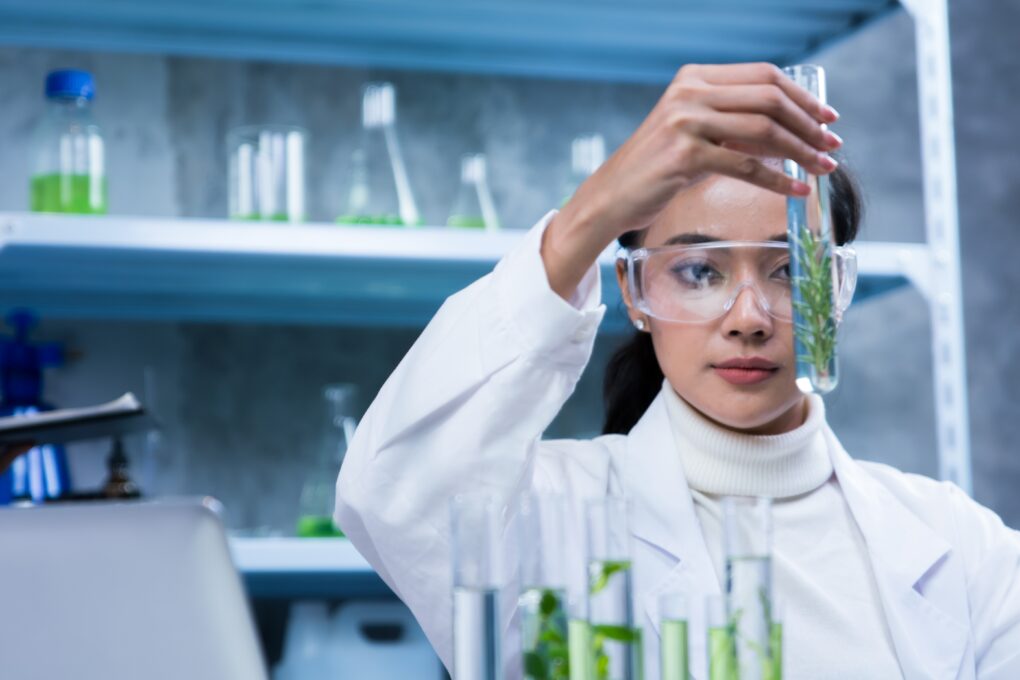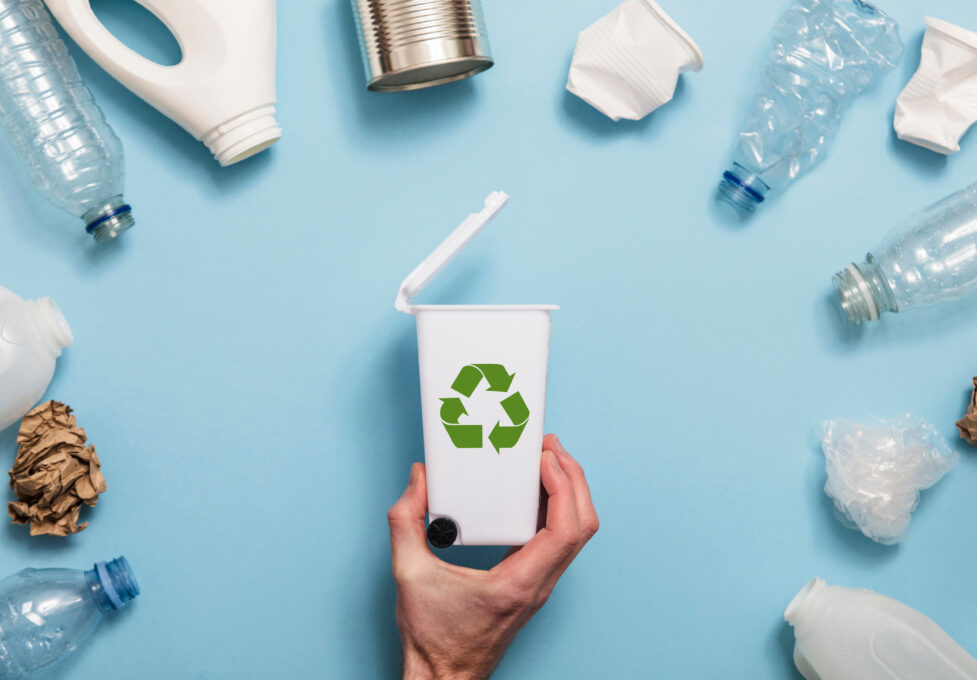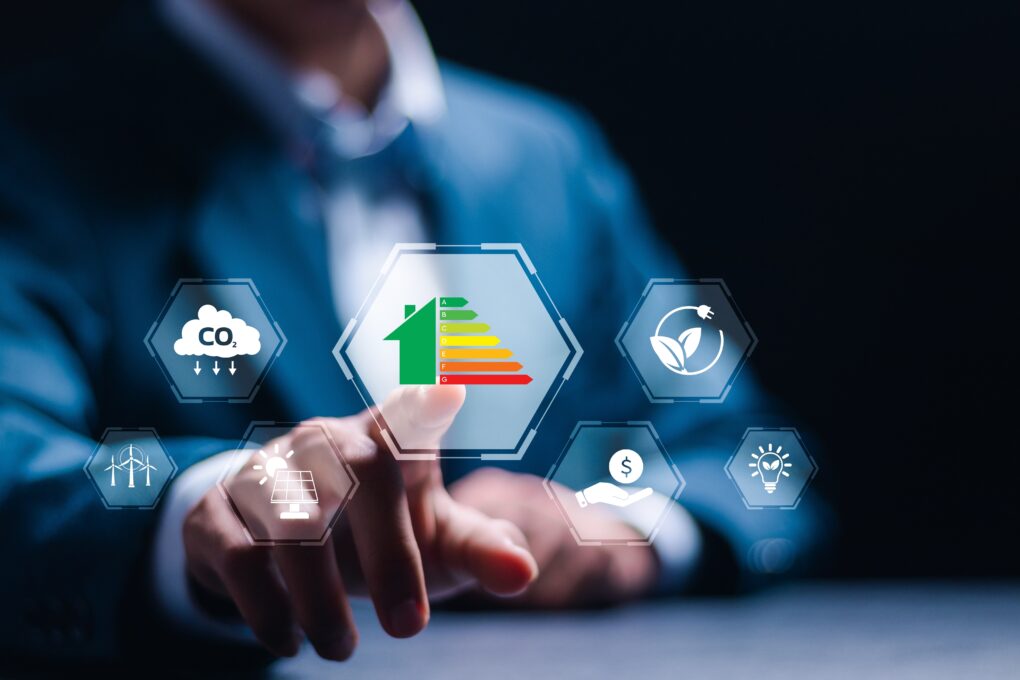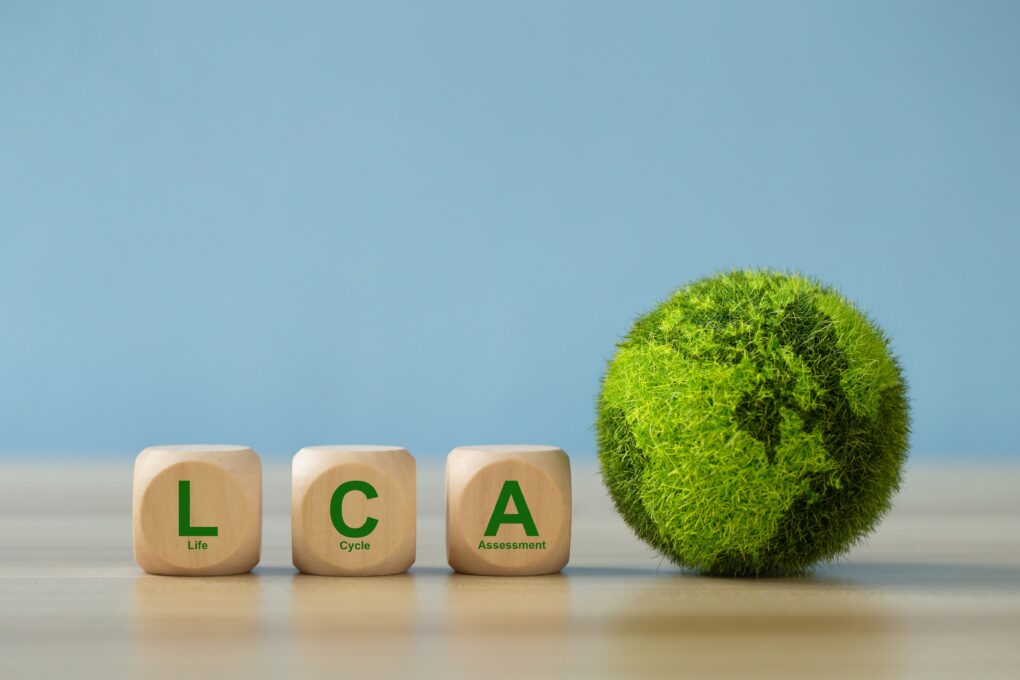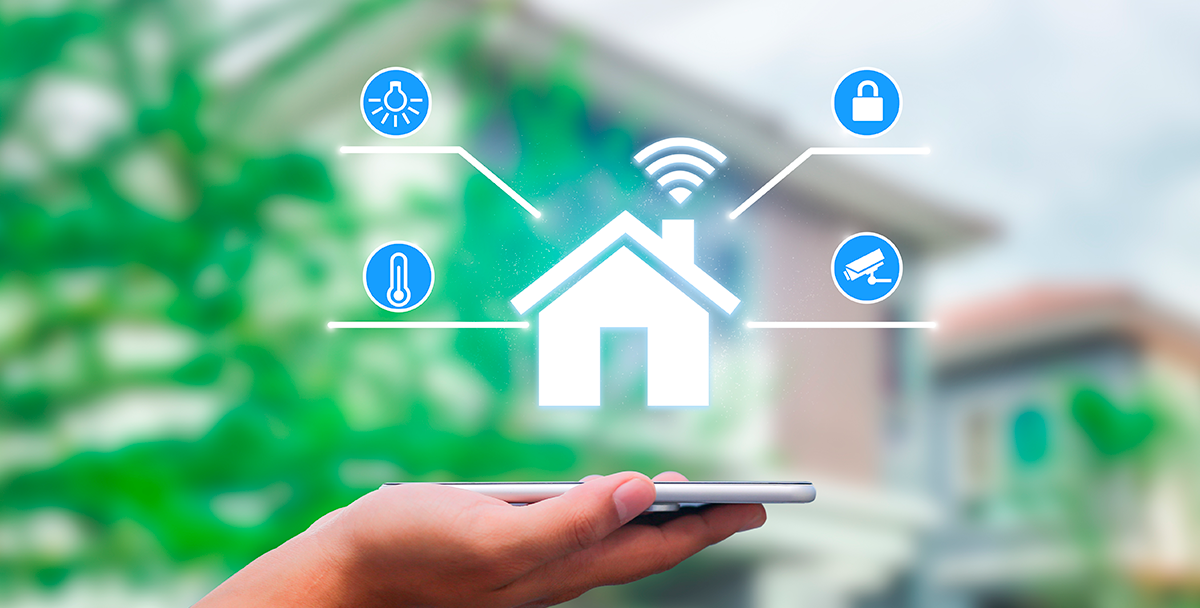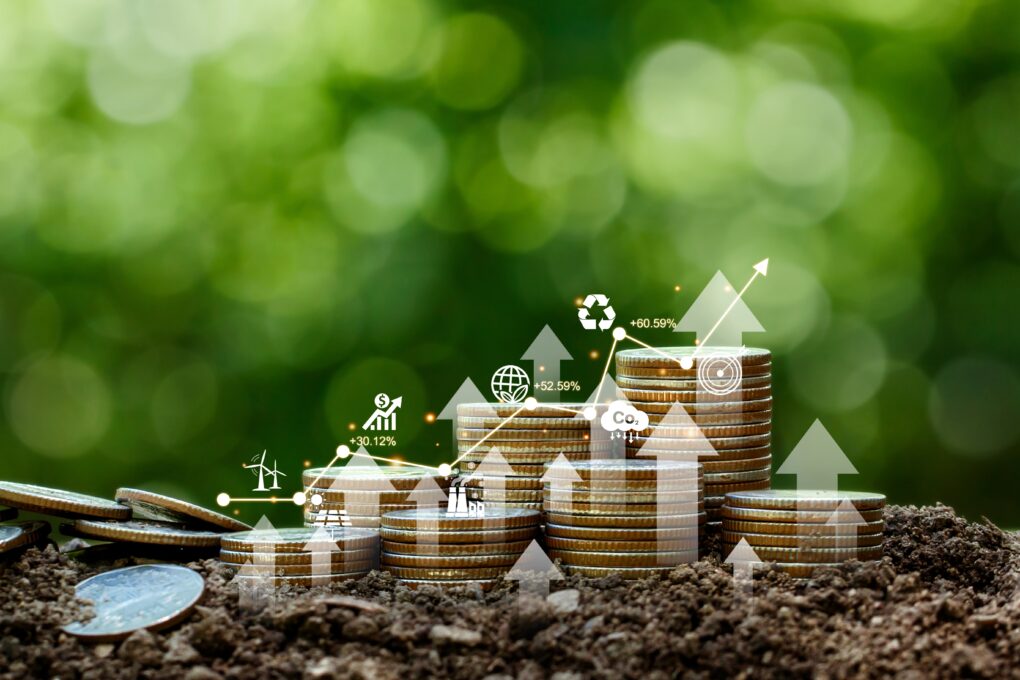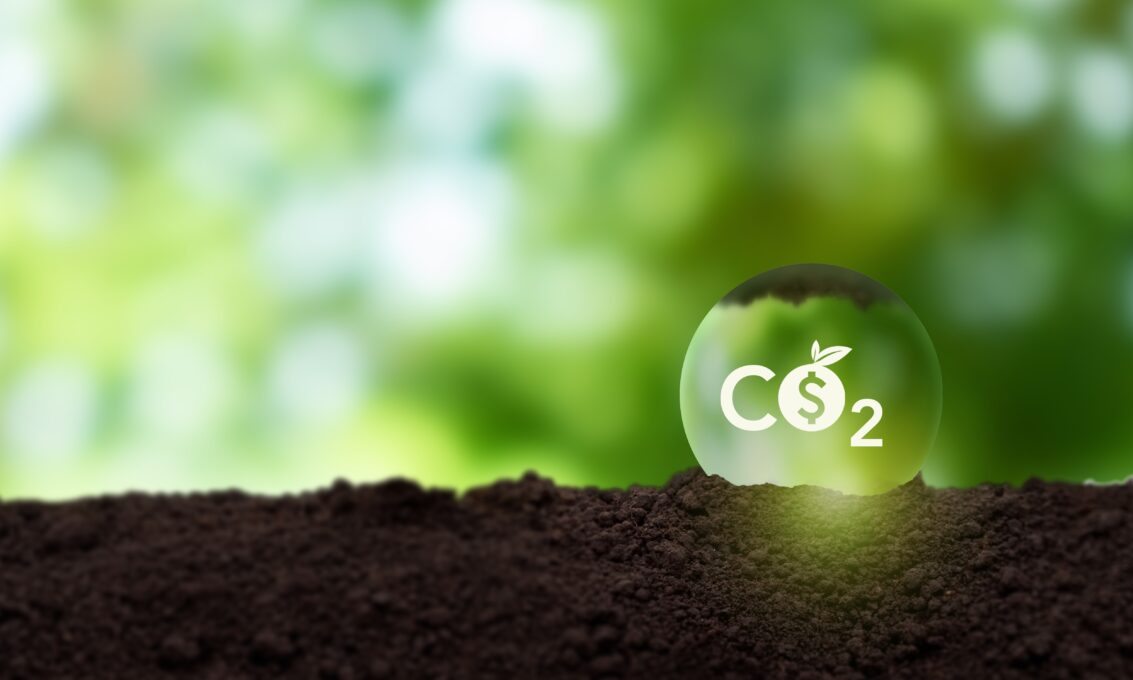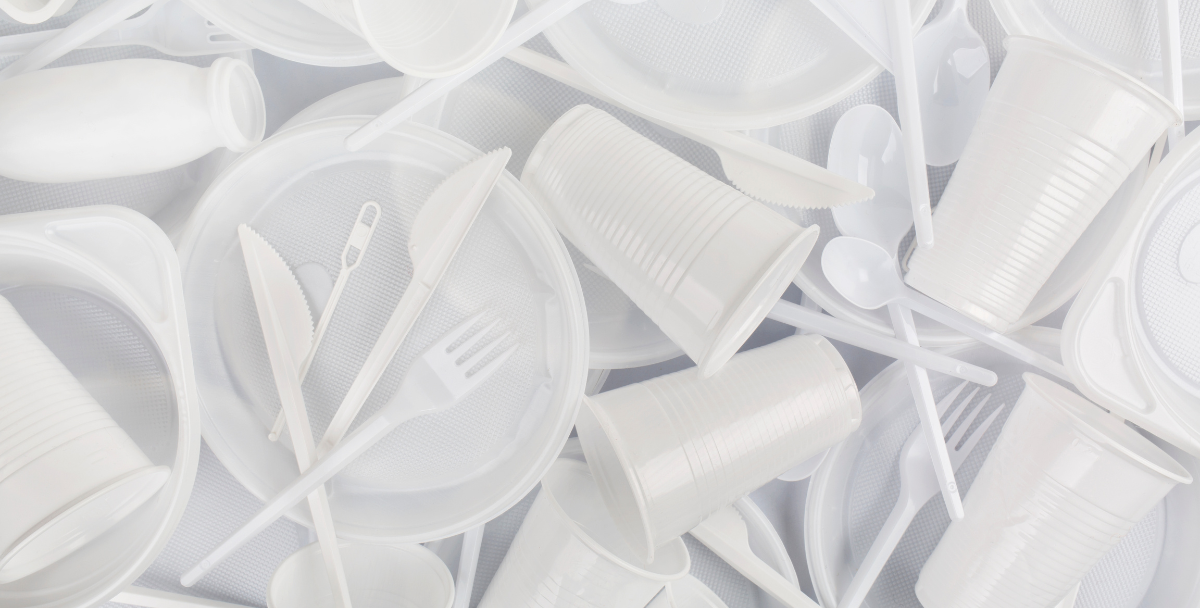Sustainable products: the key to a greener future
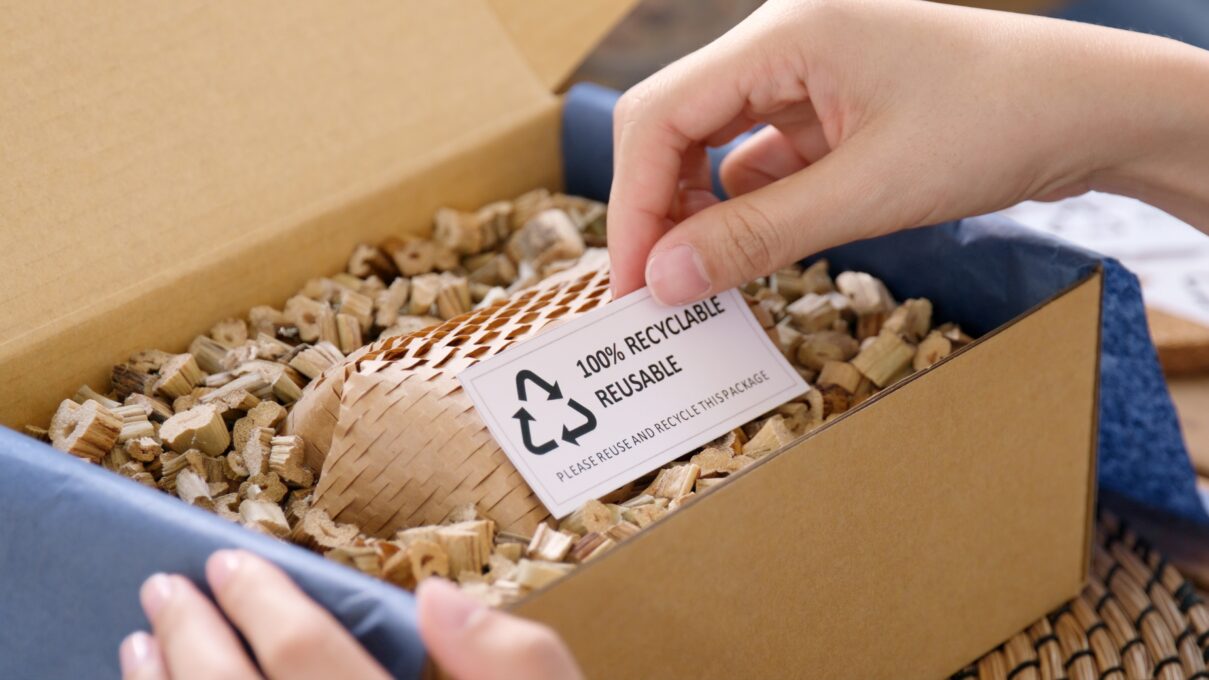
Have you ever been on the fence about whether to buy a recyclable or reusable product? Making eco-friendly choices can feel overwhelming with so many options available. However, opting for sustainable products is more important than ever.
Today, we explain their importance for both consumers and manufacturers and how they can have a positive impact on the environment, society, and the economy. Let’s discover their full potential!
What do we mean by sustainable products?
To fully understand what sustainable products are, we need to start from its most basic definition: they are items designed and manufactured with the goal of minimizing harm to the environment, promoting social well-being, and supporting a healthy economy. These products meet the needs of today’s consumers without compromising the ability of future generations to meet theirs. Essentially, sustainable products ensure that we are not depleting natural resources or causing long-term damage to the planet while still enjoying the goods and services we need. But, what are its key components?
Eco-friendly materials
Renewable, biodegradable, or recyclable: these are three magic words that define sustainable products. This means the materials used either come from sources that naturally replenish themselves or can be reused without causing environmental harm. For instance, materials like bamboo, hemp, or organic cotton grow quickly and require fewer pesticides or synthetic fertilizers, making them environmentally friendly choices. They decompose naturally and, consequently, reduce waste in landfills.
On the other hand, recyclable materials like metals, glass, or certain plastics can be processed and turned into new products. This reduces the need for raw materials and decreases the energy used in manufacturing.
Energy efficiency
You’ve probably seen the European Union Energy Label on your home appliances. It’s designed to help consumers quickly understand how much energy an appliance will consume during use. But, how is this related to sustainable products? Energy-efficient appliances use advanced technologies that minimize energy consumption, helping consumers save on electricity bills and reducing greenhouse gas emissions. Think of LED light bulbs that use significantly less electricity than traditional bulbs while lasting much longer.
In manufacturing, energy-efficient processes help lower the carbon footprint by relying on renewable energy sources like wind or solar power. This shift reduces pollution while driving industries toward cleaner, more sustainable operations.
Longer lifespan
One of the key principles of sustainability is reducing consumption by making products that last longer. Instead of producing items that are cheaply made and break easily (leading to a “throwaway culture”), sustainable products are built to withstand the test of time. As a result, consumers cut down on the amount of waste generated, as fewer items need to be replaced frequently. Take furniture made from solid, sustainably sourced wood. It is designed to last for decades, unlike low-quality alternatives that wear out after a few years.
Low waste
How can sustainable products help waste reduction? Their production is focused on extending their usage throughout their entire lifecycle. From the sourcing of raw materials to the final packaging, every step is optimized to minimize waste. Minimalist packaging, for example, reduces unnecessary materials and often comes in forms that are recyclable or reusable. Some brands have embraced zero-waste packaging by offering refill options or using biodegradable materials that leave no trace behind. This is the way in which sustainable products help alleviate the pressure on overburdened landfills and cut down on pollution from other non-biodegradable materials.
Ethical production
Sustainability is also about ensuring that the people who produce these goods are treated fairly. That’s exactly what ethical production means: that workers involved in making these products are paid fair wages, work in safe conditions, and are not exploited in any way. Many sustainable products are often produced by companies that value transparency and ethical sourcing, ensuring that every step of their supply chain aligns with these principles.
For example, brands that use fair trade certifications guarantee that farmers and workers in developing countries receive fair compensation and work under safe conditions. This approach supports a more responsible and equitable global economy while making sure that sustainability benefits not only the environment but also the people who contribute to making these products.

What is the Ecodesign for Sustainable Products Regulation?
Proposed by the European Commission in March, 2022, the Ecodesign for Sustainable Products Regulation (ESPR) is a crucial policy framework aimed to make sure that the products we use are not just efficient but also environmentally responsible throughout their entire lifecycle. In a nutshell, this regulation ensures that the environmental impact of a product is minimized from the moment it’s produced until it’s discarded or recycled. It builds on existing ecodesign rules but goes further by broadening the range of products covered and putting a stronger emphasis on sustainability and resource efficiency.
The ESPR addresses the growing environmental concerns linked to product manufacturing and consumption, aiming to shift both industries and consumers toward greener, more responsible choices.
What are its key aspects?
The ESPR introduces several groundbreaking principles that help shape a more sustainable product ecosystem in the EU:
Circularity and durability
One of the main goals of the ESPR is to extend the life of products and promote their reuse. This is similar to one of the key characteristics we’ve mentioned about sustainable products. Products under this regulation must be designed for greater durability, meaning they should function effectively for an extended period before needing to be replaced.
Moreover, manufacturers are encouraged to create products that can be easily repaired or upgraded, which further prolongs their lifecycle.
This concept of circularity focuses on ensuring that products can enter a circular economy—where materials are reused, repaired, and recycled—rather than ending up in landfills. Therefore, the regulation helps conserve valuable resources and reduces the environmental footprint of producing new items.
Energy efficiency
Under this regulation products must consume less energy both in their manufacturing and during their use. This aspect of the ESPR builds on existing energy efficiency standards but extends to a wider range of products. But, how is this applied? For example, appliances like washing machines, refrigerators, and lighting must meet higher standards of energy efficiency, ensuring that they contribute to the reduction of greenhouse gas emissions.
The goal here is to cut down on energy consumption, which can save consumers money, but also to reduce the overall carbon footprint of products. In this way, the ESPR plays a key role in helping the EU achieve its climate goals, including reducing greenhouse gas emissions and moving toward a low-carbon economy.
Sustainability labels
A critical part of the ESPR is the introduction of sustainability labels that offer clear, standardized information about a product’s environmental impact. These labels provide consumers with the data they need to make informed decisions about the products they buy. The labels might include information on a product’s energy consumption, repairability, or recyclability to make it easier for consumers to choose more sustainable options.
This transparency is a great way for manufacturers to be more accountable for the environmental impacts of their products. Besides, it empowers consumers to actively participate in the green transition by making eco-friendly purchasing choices.
Reduced waste
The regulation encourages manufacturers to design products with recyclability and reuse in mind. This could mean using materials that can be easily separated and recycled at the end of the product’s life or designing components that can be refurbished and reused in new products.
This focus on waste prevention aligns with the EU’s broader goal of shifting toward a circular economy. ESPR helps reduce the overall environmental impact by ensuring that products do not end up as waste after a short period of use.
Digital Product Passport
We could say this is one of the most innovative features of the ESPR. This tool provides consumers with key information about a product’s environmental impact, repairability, and recyclability. But, how does it work? First, consumers scan a product’s unique code or access an online database. There, they will be able to see a detailed breakdown of the materials used, the product’s repair options, and how it can be recycled at the end of its life.
The Digital Product Passport fosters greater transparency and accountability by giving consumers easy access to detailed information about a product’s sustainability credentials. It also helps them make more informed purchasing decisions and empowers them to choose products that align with their values and sustainability goals.
How the ESPR is changing the way we consume
This new regulation marks a significant shift in how we think about the lifecycle of products and their environmental impact. Its focus on circularity, energy efficiency, waste reduction, and consumer transparency sets a new standard for sustainability in the marketplace.
For consumers, this means having access to higher-quality, longer-lasting products that are better for the environment. For manufacturers, it creates a push to innovate and produce goods that meet higher environmental standards, contributing to the EU’s overarching goal of achieving a green, sustainable economy.











